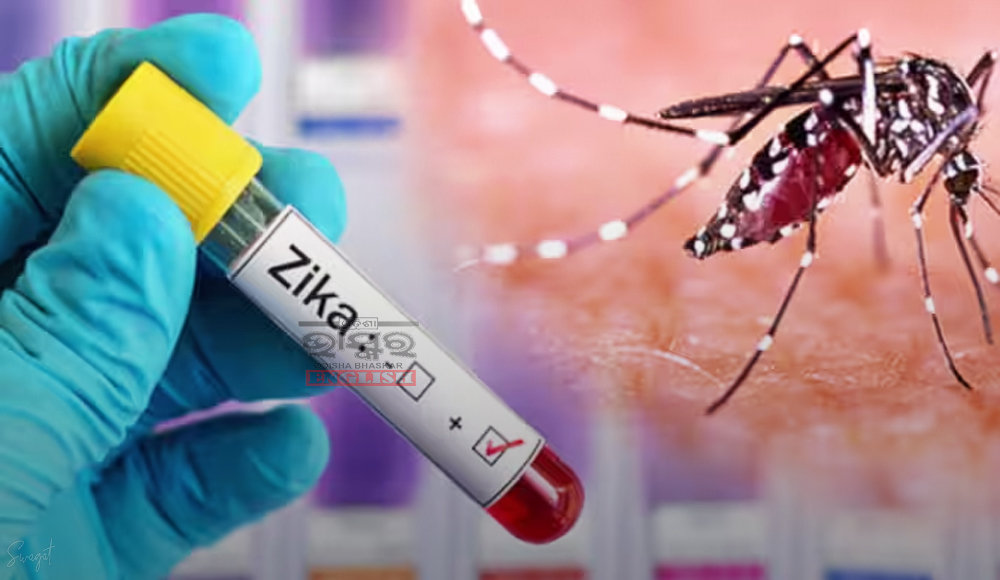Scientists at the University of Adelaide in Australia have developed a needle-free vaccine patch to protect against the Zika virus. The experimental vaccine, using the high-density microarray patch (HD-MAP) developed by the University of Queensland, demonstrated an effective immune response in mice, as reported in Molecular Therapy Nucleic Acids.
Zika virus poses a threat in various regions, including the Pacific, Southeast Asia, India, Africa, and South and Central America. The HD-MAP patch offers a pain-free and easy-to-apply vaccination method, delivering the vaccine beneath the skin’s surface with micro projections.
In pre-clinical trials, the vaccine provided swift protection against live Zika virus by targeting the NS1 protein crucial for the virus’s survival. Compared to traditional needle delivery, the vaccine patch generated T-cell responses about 270% higher.
Zika virus, while typically causing mild illness, can lead to severe complications in pregnancy. The unique aspect of this vaccine is its focus on a protein inside the virus, minimizing the risk of enhancing symptoms for related viruses like dengue fever.
David Muller from the University of Queensland highlighted the broader potential of the microarray patch and the vaccine, suggesting applications for other flaviviruses such as dengue or Japanese encephalitis. The technology could also facilitate vaccine distribution in low- and middle-income countries where refrigeration poses challenges.




Comments are closed.